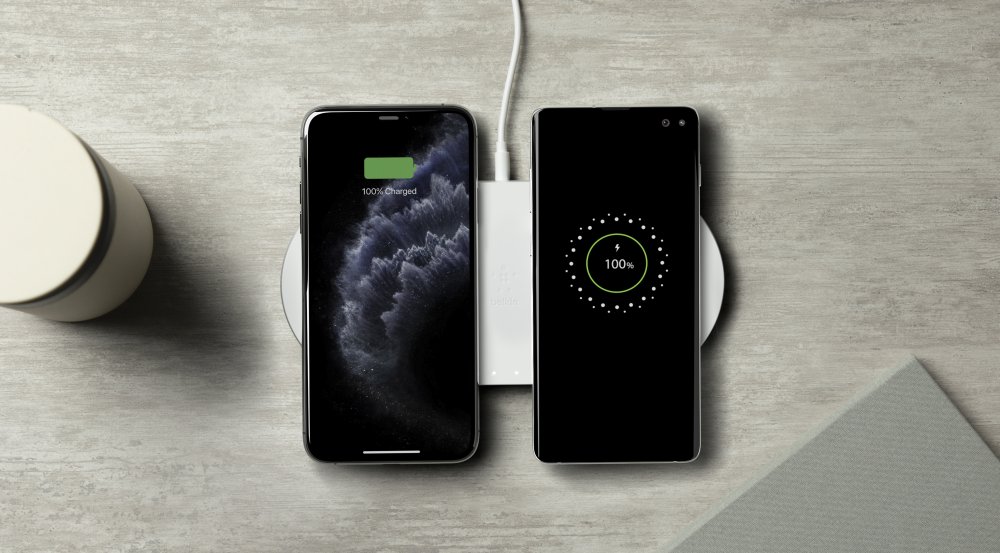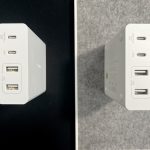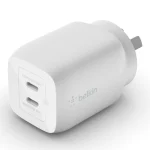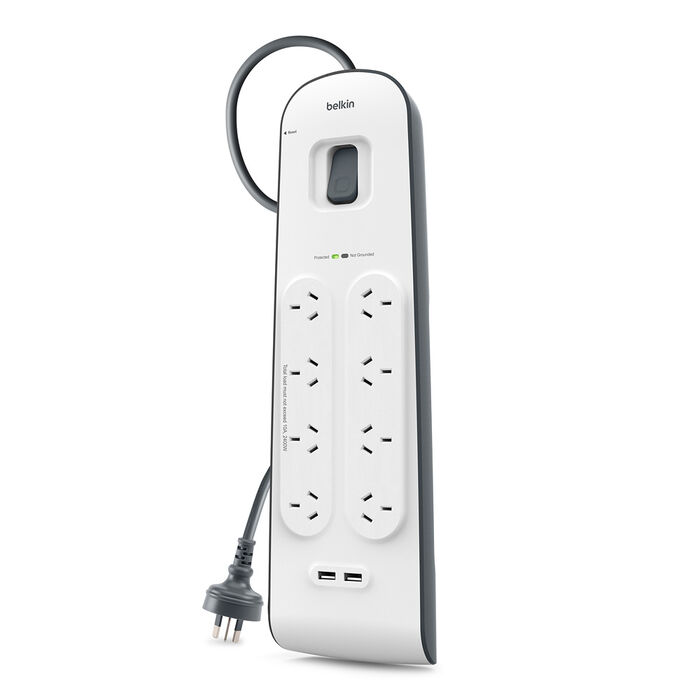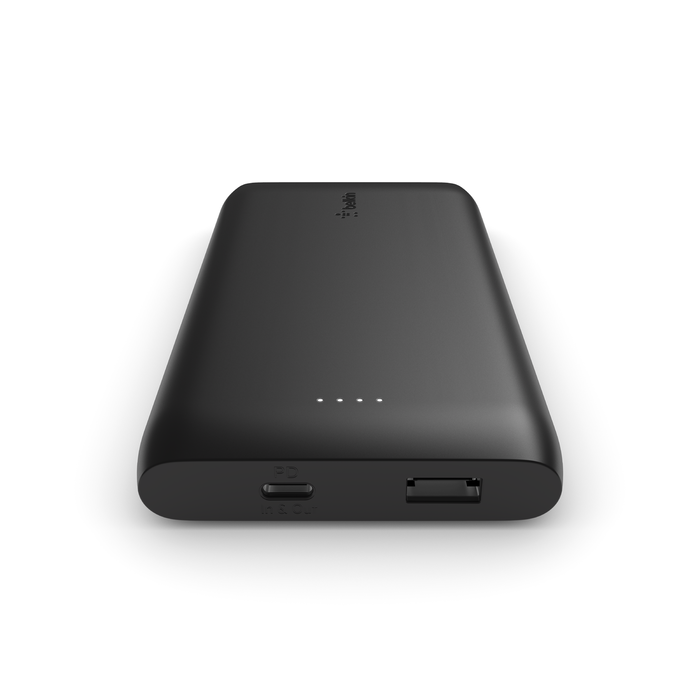Our connected world has changed the way we think about daily life. Years ago, in the era of Nokia devices, with a week’s worth of battery, breaking footpaths when they were dropped, to critical parts of our daily lives. As the screens got bigger, functions and our reliance on them increased so did the battery drain. Some phones (not too many) will go a couple of days, but most now need daily charging.
This changed how we think about power supply and charging solutions which are as varied as the phones, and that in itself presents a problem. Some users just change cables and stick with their old charging bricks due to the manufacturers now not including them, so they’re not getting the best from their devices.
What does Belkin offer?
When it comes to the power supply and management for your devices and premises, it’s probably a more poignant question to ask what doesn’t Belkin offer?
A quick look at the Belkin website will only scratch the surface, showing you some of the power supply and charging solutions. This will cover cables, charging bricks, wireless charging solutions, and even power boards; but there’s a lot more beneath the surface.
Belkin has stayed at the forefront of charging technology, offering consumers portable batteries before everyone had one, and have been part of the leading pack in adopting GaN charging solutions. This is something I’m a big fan of for a couple of reasons, the first being the power output of the devices is sufficient to charge my laptop and phone/tablet simultaneously; the second is the physical size is small enough to carry every day without significant weight addition to your bag.
Back to the power strips for a moment…
Yes, I could have spent $10 to $20 on a cheap power strip from Bunnings and got the same result; power to all my devices. But I chose to — self-funded, this is not a sponsored article — go with Belkin Power strips that cost $79.95 at the time of purchase, for the electronics in my network rack and under my desk for my computer equipment.
There’s a peace of mind that you get with better-known brands like Belkin through their engineering and protection offered:
- Quality surge protection: Up to 900 joules can protect your equipment from just about anything, in theory, including lightning strikes; although I don’t want ever to test this…
- USB-A ports with 2.4 amp output
- A 2M cord, slightly longer than cheaper options
- Sufficient spacing for a 12V brick to not block the next power plug
The other bonus that I have people mention is that they’re actually pretty good-looking in terms of a power strip.
Then, when I leave the house — as my needs have changed and I’ve purchased and acquired more cabling and batteries have been changed — I’ve found that more and more of my daily carry kit is Belkin. The dual USB-C charger is Belkin, and almost all of my cables, even the one in my car for Android Auto connection, are Belkin branded, and the battery power banks I carry — in different bags — are Belkin branded.
It’s probably worth noting that there aren’t too many power banks that have the output capacity to charge a laptop, so that’s not really figured into my decision on daily carry. As long as I have enough to keep my phone and tablet charged while on the move, I have a GaN charger in my bag to keep my laptop (and my battery bank) charged.
One of the main reasons for this steady build-up of equipment is that I’ve built up trust in the brand for its quality and longevity and am happy to pay a bit more for it than other brands I’ve used over time. The others were functional and worked fine, but I certainly noticed the difference in data and charging speeds, as well as the speed of connection to devices, including how quickly Android Auto starts up.
In hindsight, it makes sense, but you get what you pay for in terms of quality, reliability and back up from the manufacturer. I’ve learned my lesson and wanted to share that learning with you.

